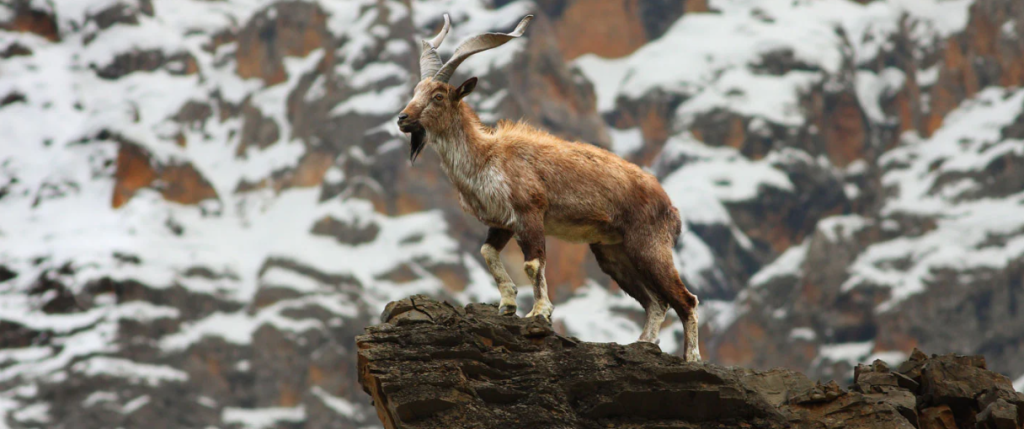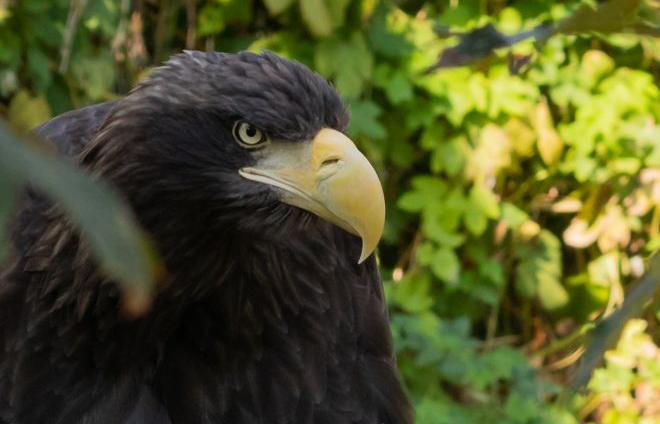The beaver (Castor canadensis) is one of Canada’s most iconic animals and has been officially recognized as the Canada National Animal since 1975. The beaver is an integral part of Canadian history and culture, as well as an important contributor to Canada’s ecosystems. In this article, we will delve into the physical characteristics, habitat and distribution, diet and behavior, ecological role, conservation status, and human uses and interactions of this incredible animal.
Physical Characteristics of Canada National Animal
The beaver is a large, semi-aquatic rodent that can weigh up to 70 pounds and reach a length of up to 3 feet. Its most distinctive feature is its flat, paddle-like tail, which it uses to swim and to communicate with other beavers. The beaver’s fur is brown and waterproof, and it has webbed hind feet and a set of sharp, chisel-like teeth that it uses to gnaw through trees and build dams and lodges.
Habitat and Distribution
Beavers are found throughout Canada, with the exception of the far north, and are also found in parts of the United States and northern Mexico. They prefer to live near slow-moving or still bodies of water, such as ponds, lakes, and rivers, where they can build their dams and lodges.
Diet and Behavior
Beavers are herbivores and primarily eat the bark and leaves of trees, as well as aquatic plants. They are also known to eat other vegetation and even small fish and invertebrates. Beavers are social animals and live in family groups called colonies. They are known for their engineering skills and are famous for building dams and lodges to create ponds that provide a safe habitat for their family.
Ecological Role
Beavers play an important role in Canadian ecosystems, as they help to create wetland habitats that support a wide variety of plant and animal species. Their dams and lodges slow down the flow of water, which helps to reduce soil erosion and filter out pollutants. Additionally, beavers can help to regulate water flow during dry seasons and prevent flooding during wet seasons.
Conservation Status of Canada National Animal
The beaver is considered to be of least concern by the International Union for Conservation of Nature (IUCN) due to its widespread distribution and stable population. However, beavers have been threatened by habitat loss and overhunting in the past, and their populations have been affected by pollution and climate change.
Human Uses and Interactions with Canada National Animal
Beavers have been used by humans for their fur, meat, and gland secretions, which have been used for medicinal purposes. However, hunting and trapping of beavers are now regulated in Canada, and conservation efforts have been successful in restoring beaver populations in many areas. Beavers can also cause conflicts with humans by flooding property or damaging trees, but there are humane solutions for managing these interactions.
Conclusion
The beaver is a fascinating and important animal that has played a significant role in Canadian history and ecology. As Canada’s national animal, the beaver serves as a symbol of the country’s strong connection to nature and its commitment to conservation. By learning more about this incredible animal, we can appreciate the important role it plays in our ecosystems and work to ensure its continued survival for future generations.
References
“Beaver.” Canadian Wildlife Federation. https://cwf-fcf.org/en/resources/encyclopedias/fauna/mammals/beaver.html
“Beaver – Castor canadensis.” NatureServe Explorer. https://explorer.natureserve.org/speciesProfile/natureserve?searchName

